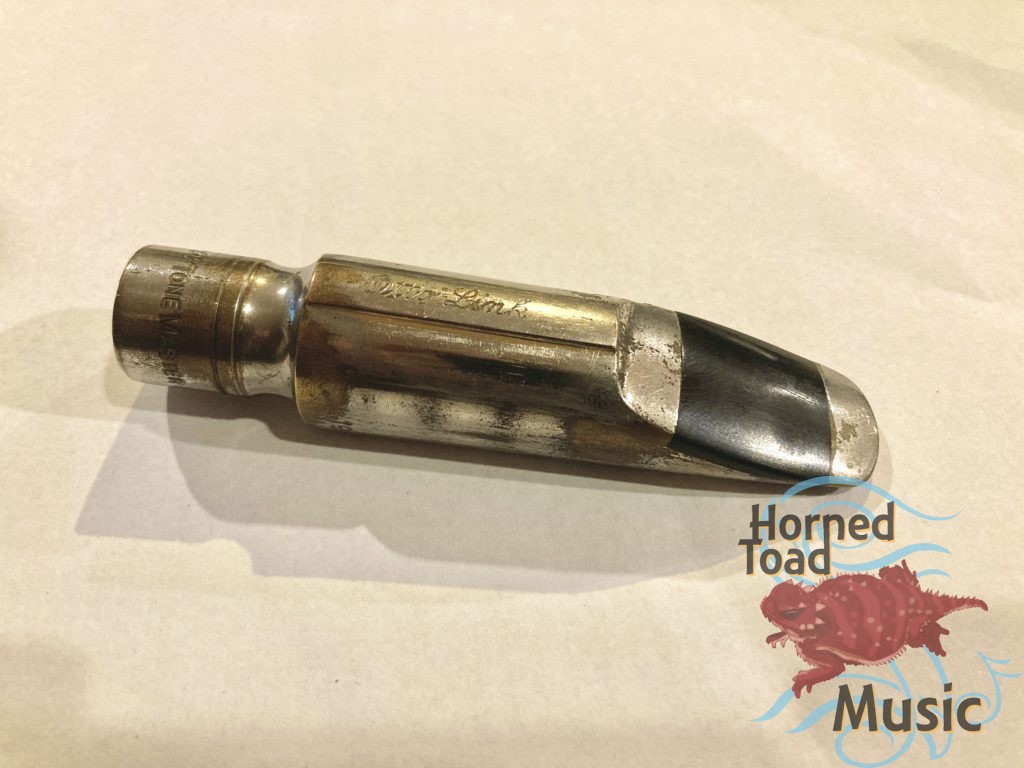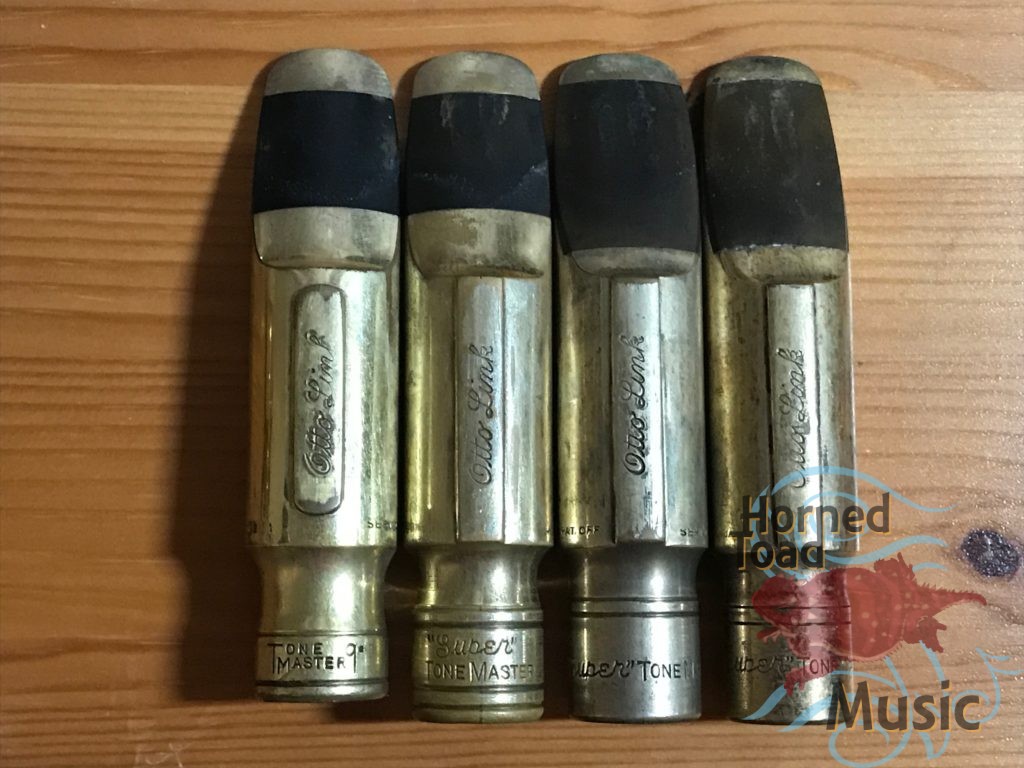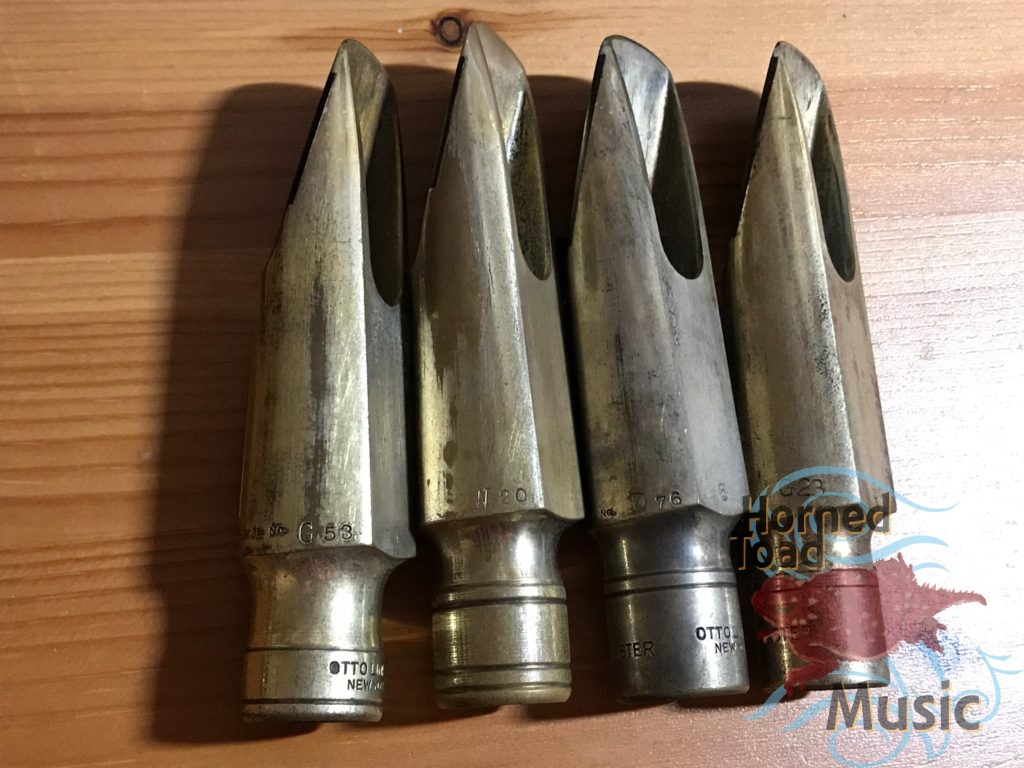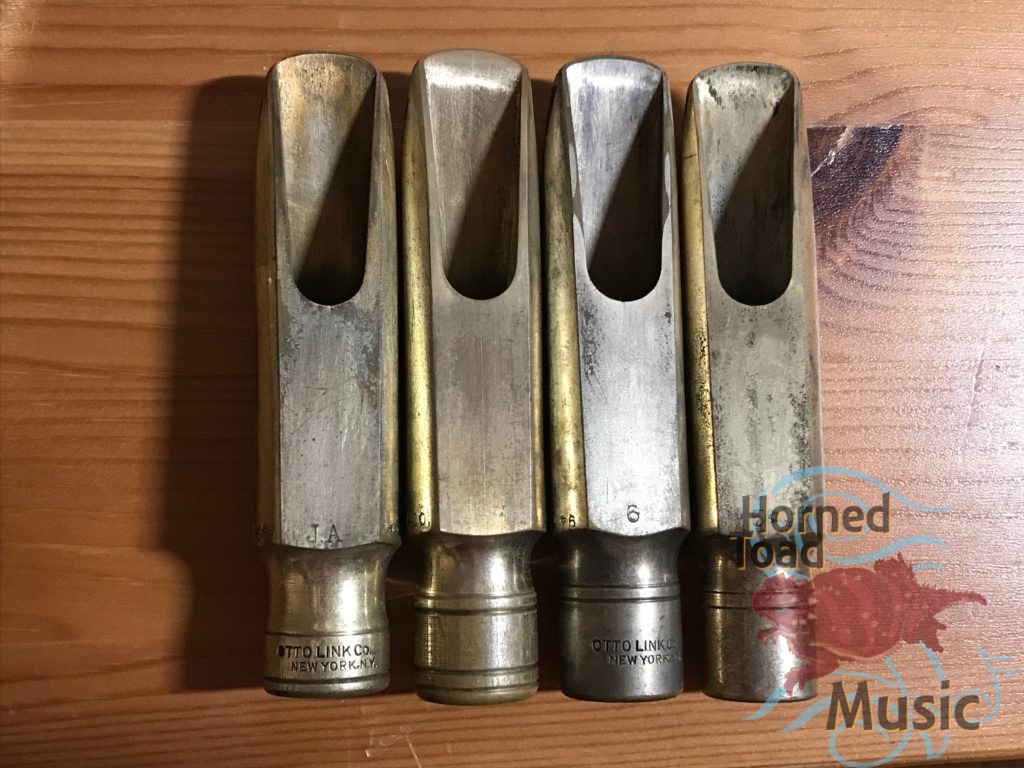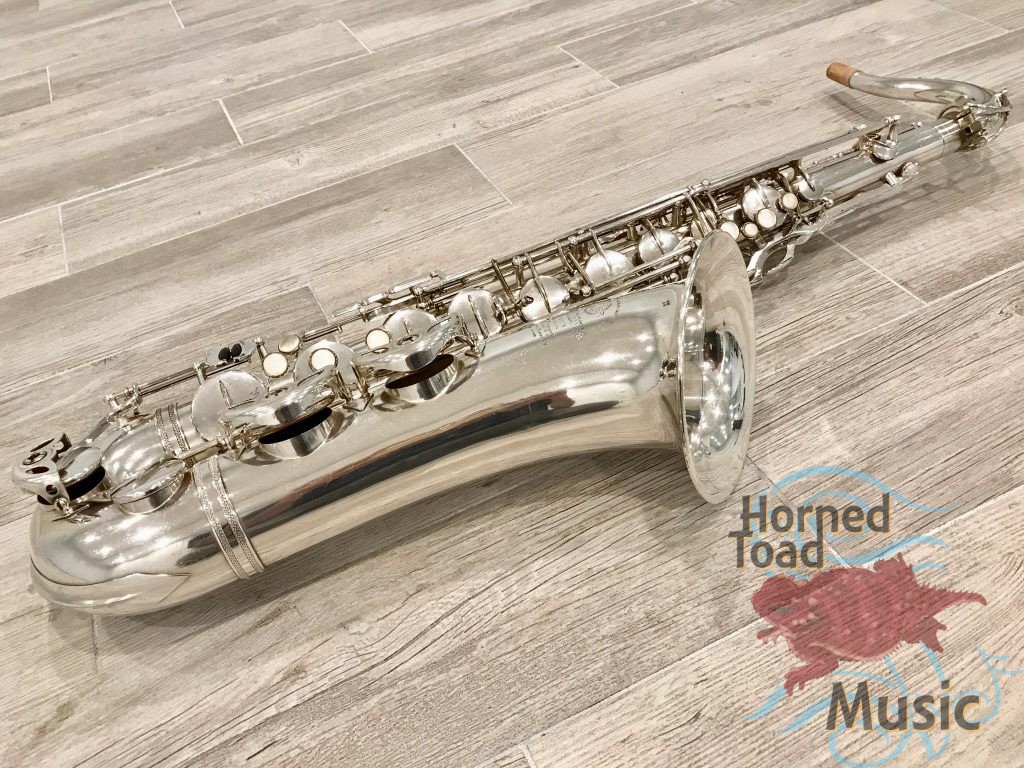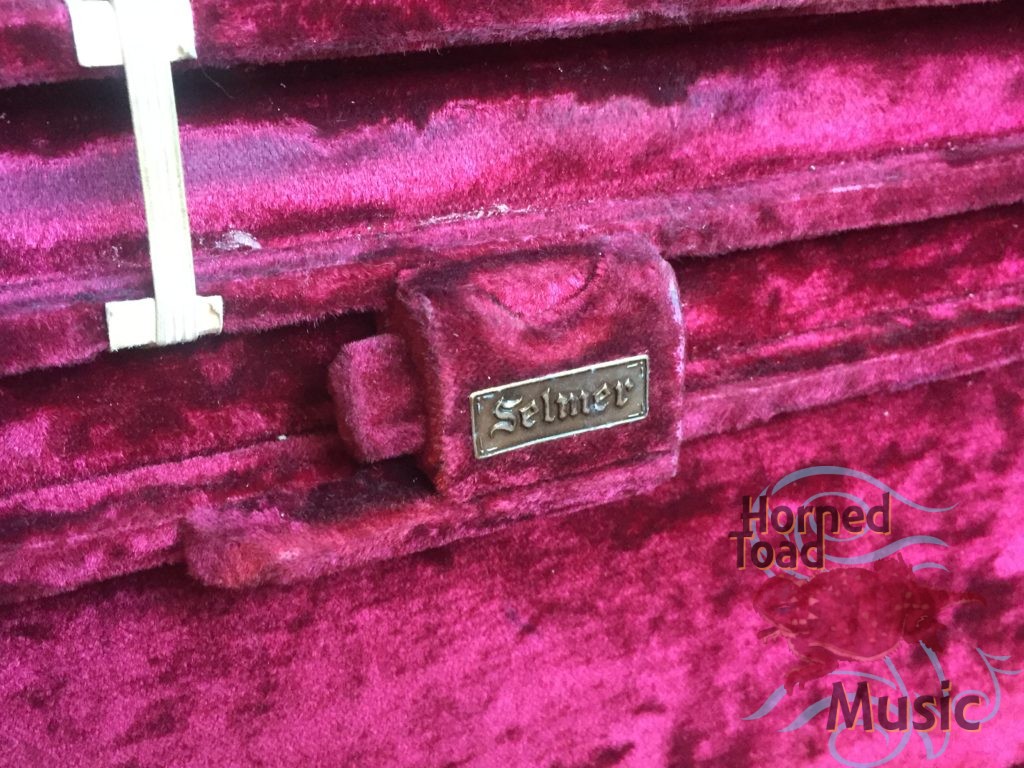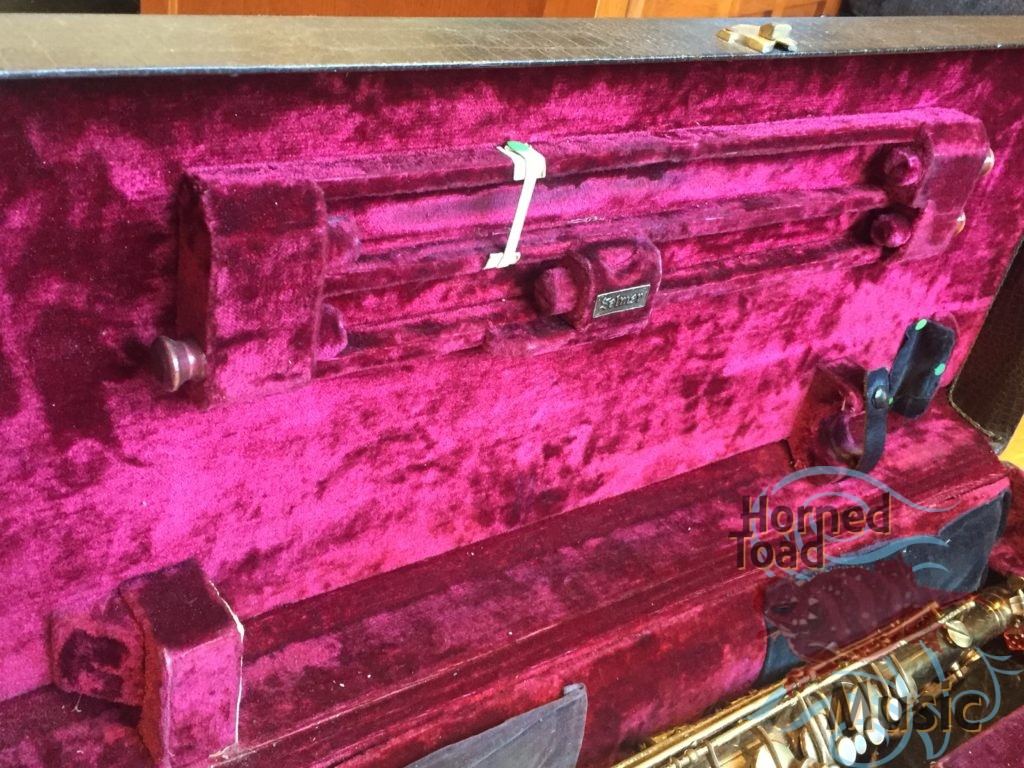The new Archetype tenor saxophone mouthpiece is a celebratory re-emergence of a historical lost Otto Link prototype, knows as the ‘Quad Ring’. The Quad Ring as it can be casually referred to was the initial design for Link’s most famous model, the “Super Tone Master”. 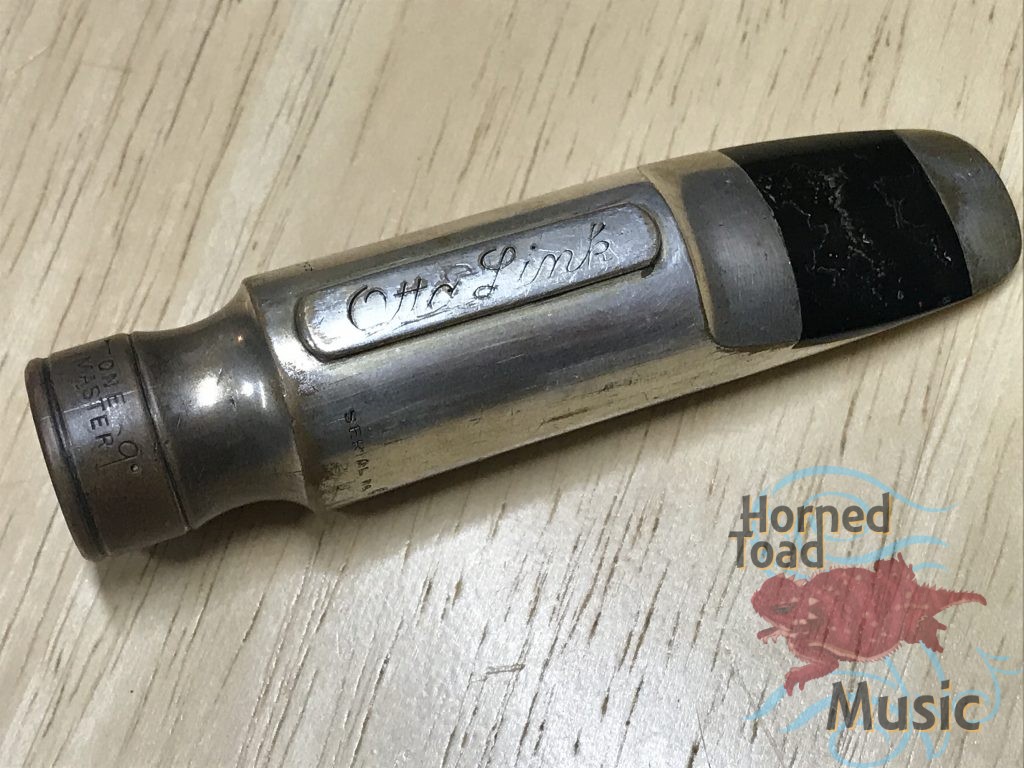 Link had achieved wide popularity with the Tonemaster model among Jazz musicians from the late 1940’s to the 1950’s with the
Link had achieved wide popularity with the Tonemaster model among Jazz musicians from the late 1940’s to the 1950’s with the 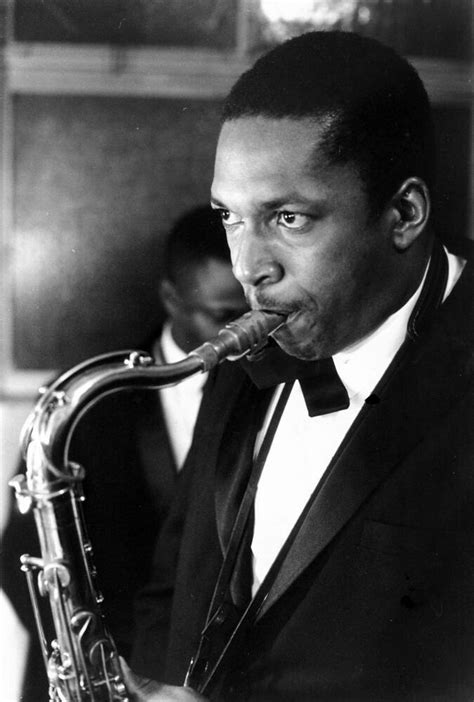 biggest names associated with the tenor saxophone favoring them such as John Coltrane,
biggest names associated with the tenor saxophone favoring them such as John Coltrane, 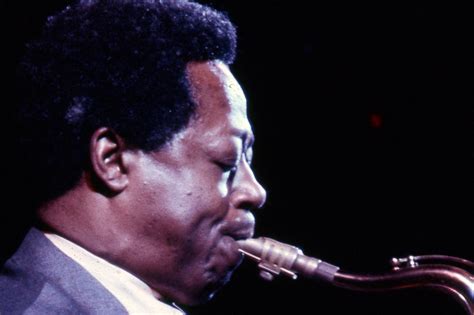
Hank Mobley, Charlie Rouse, and many others.
At this time saxophone models were evolving towards louder and brighter response to follow the evolution of electrical amplification that allowed more volume on stage. Link’s mouthpiece evolution followed the pace with a new design making the larger Tonemaster chamber slightly smaller and allowing for the possibility of more baffle and a slightly brighter, more focused and projecting sound. The new design would also have an external aesthetic upgrade. 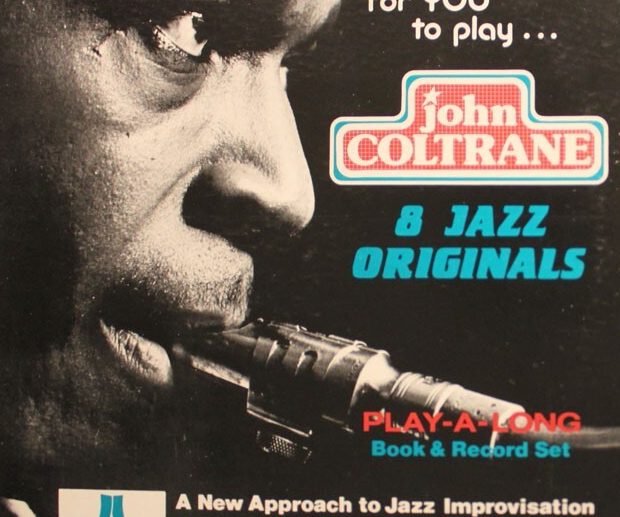
The first design iteration of this model had numerous double cut rings on the shank, and extended the top (ligature) bar to the full length of the body barrel, yet still had the model name “Tonemaster”. John Coltrane featured one of these, maybe the only one, in photos taken in 1963. Another iteration of the same body design and internal volume features four significant rings on the shank and the model name “Super ToneMaster”; the first we see of the new model name. This is the prototype for Link’s most famous mouthpiece, starting with the Double Ring NY model.
 The one I got is the only surviving example I know that features a production serial number and was setup to play. This piece was finished for the public, and it is quite a player. It has a unique response; a slightly smaller chamber than (most) NY Double Ring, and yet still a bit larger chamber I believe than most Florida Double Ring. It has a unique response, not as diffuse as the Tonemaster. and a sound every bit as complex as the early Double Ring,
The one I got is the only surviving example I know that features a production serial number and was setup to play. This piece was finished for the public, and it is quite a player. It has a unique response; a slightly smaller chamber than (most) NY Double Ring, and yet still a bit larger chamber I believe than most Florida Double Ring. It has a unique response, not as diffuse as the Tonemaster. and a sound every bit as complex as the early Double Ring,
This is such a wonderful playing  and unique historical treasure it must be resurrected, and that is what I have done. Through a painstaking exhaustive learning process of many years I have finally brought this model to life. With a combination of technologies such as X-ray tomography, CAD modeling, precision CNC machining, and about 35 years
and unique historical treasure it must be resurrected, and that is what I have done. Through a painstaking exhaustive learning process of many years I have finally brought this model to life. With a combination of technologies such as X-ray tomography, CAD modeling, precision CNC machining, and about 35 years 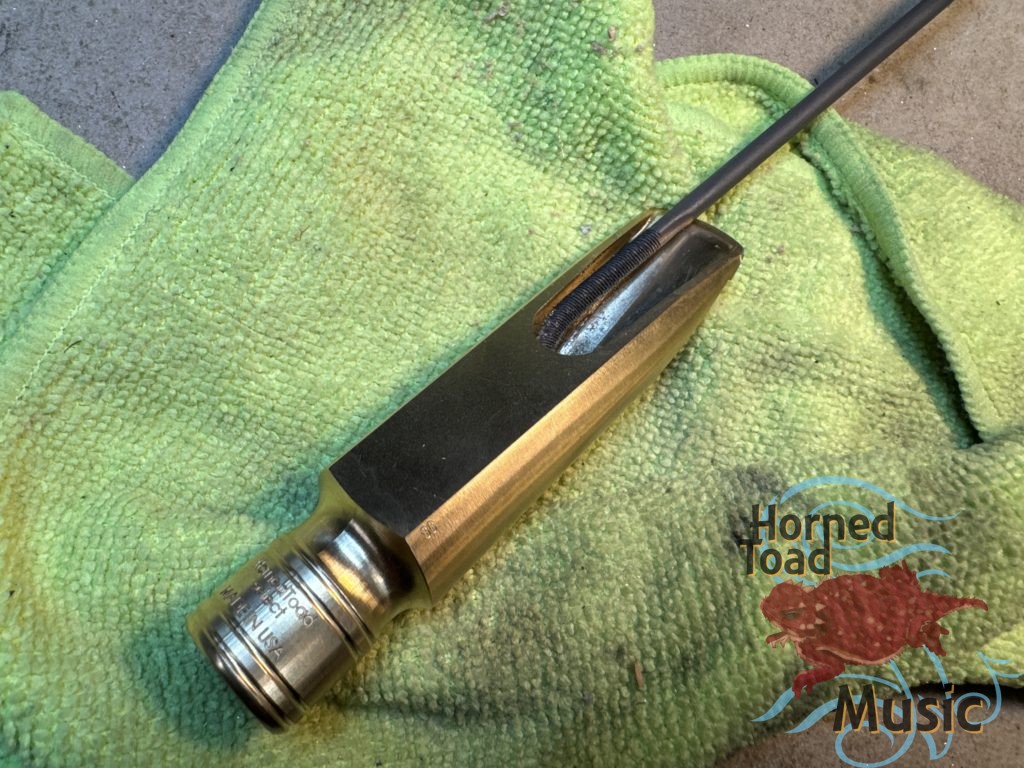 of direct study and handcraft of historic Otto Link
of direct study and handcraft of historic Otto Link 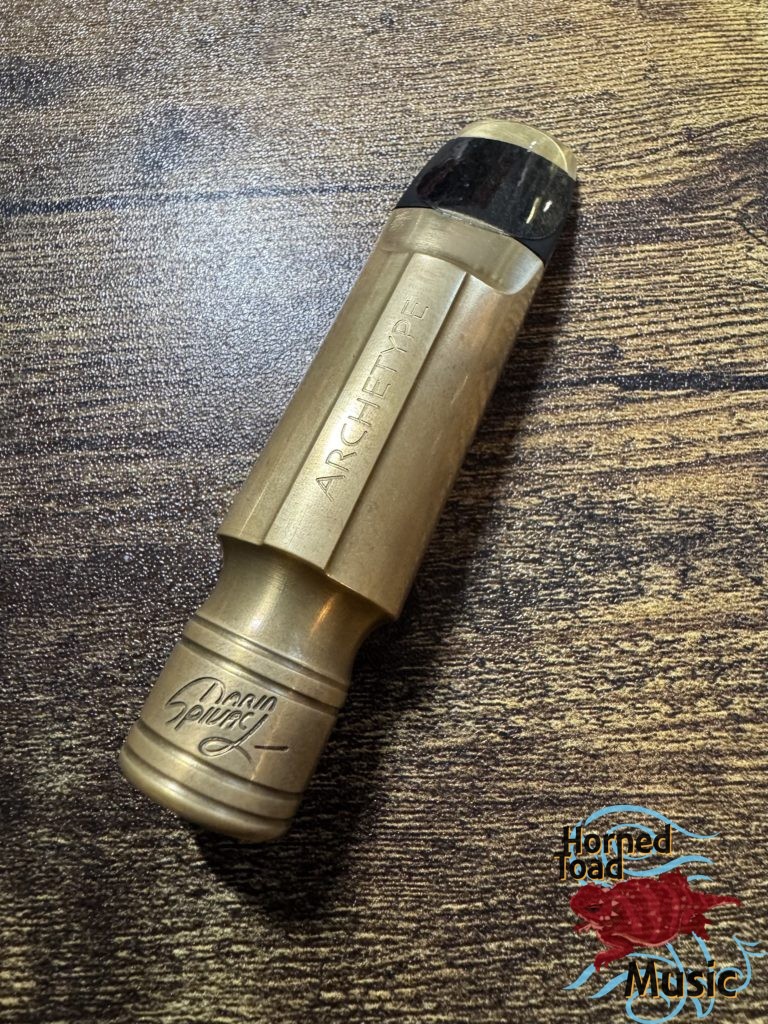 models, facings and finish methods I have reproduced this special mouthpiece. Having these technologies available I was able to replace lost material and absolutely optimize the configuration of the blank for the best playing result. The Archetype has the accurate tone of the old Quad Ring original yet offers many different options for setup and response.
models, facings and finish methods I have reproduced this special mouthpiece. Having these technologies available I was able to replace lost material and absolutely optimize the configuration of the blank for the best playing result. The Archetype has the accurate tone of the old Quad Ring original yet offers many different options for setup and response. 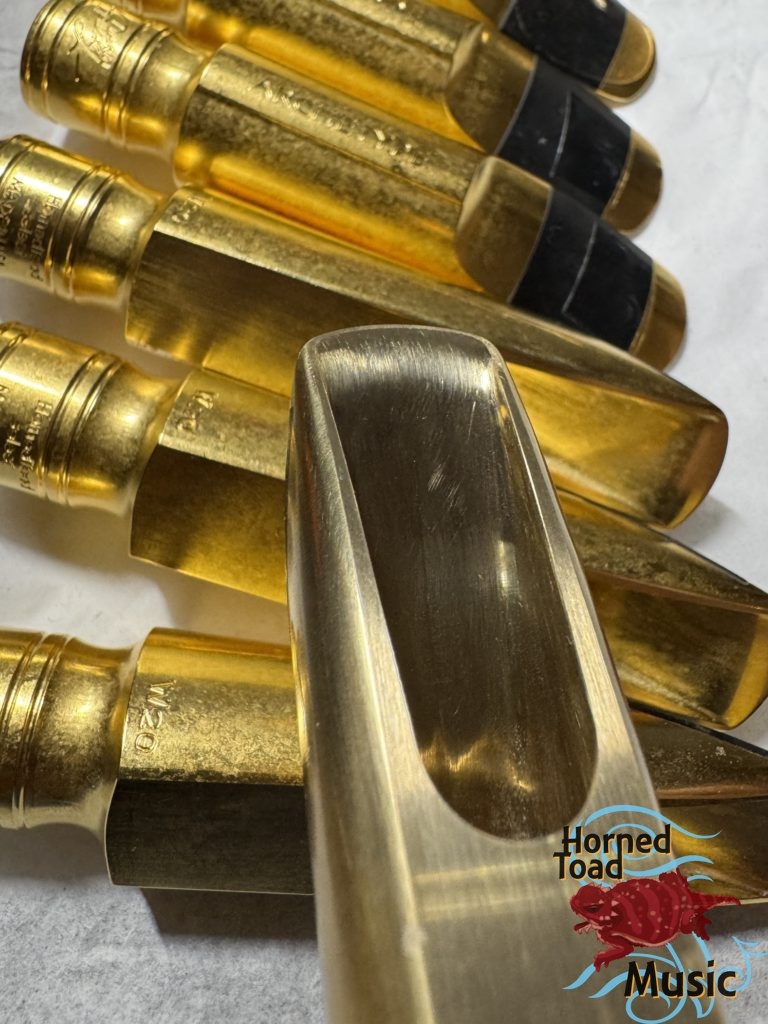
There is no other mouthpiece like this available. It is a unicorn and a killer player. I am offering these in standard sizes of .095- .102 and custom orders for other sizes. So far all players who got the first ones have been thrilled with the response. I have been very busy handcrafting these such that I have not had the time to create a huge advertising campaign, but be assured you are going to see these hitting the gigs.
View this post on Instagram
View this post on Instagram
These are only produced in small batches and every piece is extensively hand finished. Contact with your interest.

